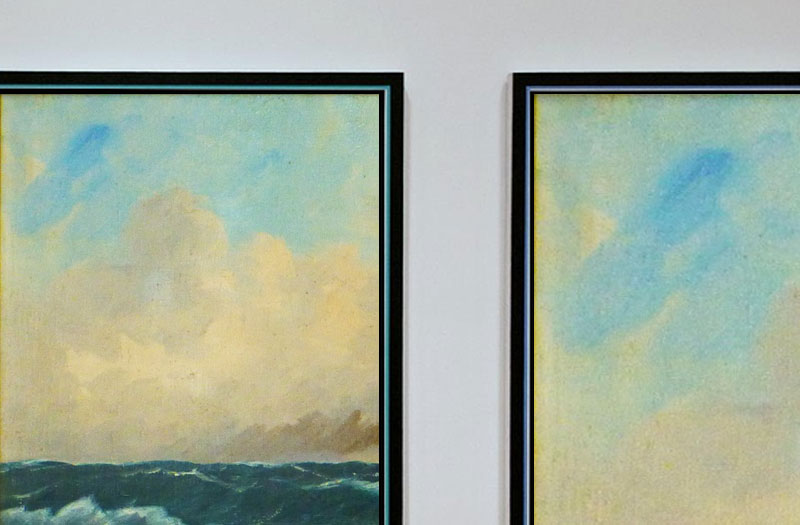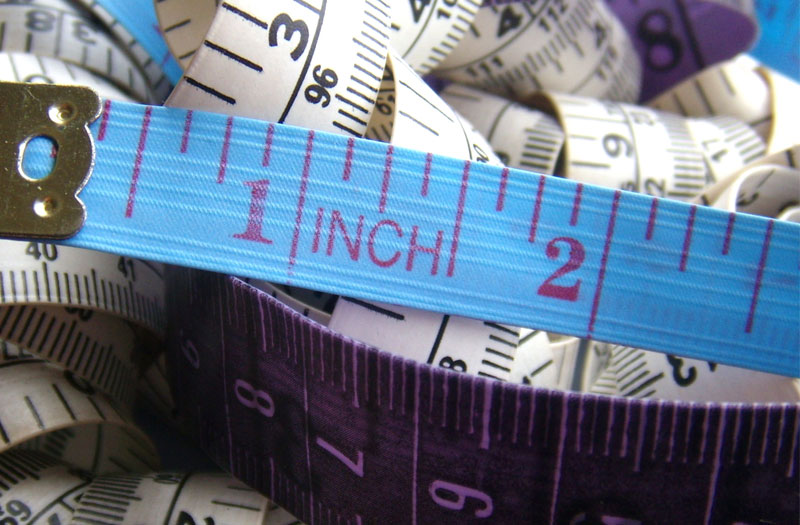
At first glance, there might not seem to be much similarity between the practice of editing and the act of viewing an art exhibition, yet to my mind they are alike. Let me explain how.
When I visit an exhibition, my first impression is of the space I am in. I become aware of dimensions, distances, shapes and shades. I identify whether the art is painting, photography, sculpture, drawing or some other interesting form and I reflect on the way the works are displayed. Are they grouped in close clusters or are there generous stretches between each? I give myself time to feel what it is like to be in the exhibition until something specific draws my eye.
I’ll move towards that particular piece, noticing how it looks from across the room and how my sense of it changes as I approach. As before, I will begin by gaining an overall impression, taking in, for instance, the subject and scale. I may glance at the title or any notes appended alongside it, but by now the art has grasped my attention and I’m absorbed in my examination of it.
Smaller details will present themselves to me, like the harmony of colours or one small but striking sliver of the image. I’ll become conscious of how various elements of the composition echo and reflect each other, sometimes providing balance while at other times inciting tension. It all contributes to the effect of the piece.
Leaning in further, I’ll be drawn to explore distinct brushstrokes or textures. My gaze is now engaged and I am fascinated by what I can see in such close proximity. After a while, I’ll step back and regard the work again in its entirety. I may shift my position, choosing to view the art from a new angle. I’ll cross the floor and look it from a distance once more, only this time with an increased appreciation of how each tiny touch by the artist has created the eventual expression. By this time, I’m often smiling.
When I’m gifted a new manuscript to work with, I begin by obtaining the same initial impression of scope and shape. I look into the form and content of the writing, as well as its mood and tone. As I read, I let the voice of the piece reach me and I find myself leaning towards it. The deeper I get into the text, the clearer my sense of its structure becomes. I can see how each section works and discern the purpose in every paragraph.
I consider individual sentences and words, noting marks of punctuation and even the spaces between symbols. I appraise the role that all of these play and the contribution they each make.
Throughout this process, as happens in a gallery, my perspective is constantly shifting. It moves from a close focus to take in the bigger picture before gliding back again to centre on a certain detail or to contemplate the overall flow. I am mindful always of the relationships between different elements of the text and how they blend together to generate the desired effect.
Again, by this stage, often I’m smiling. But I am also attentive, sliding into the writing itself, making deft alterations, settling any ruffles, always ensuring the words are accurate as well as artful.
It’s a delicate process, and a deliberate one too. In both cases, I find it delightful.
Whether my view is precise or expansive, and whether I’m absorbed by art or by words, it is all about seeing, appreciating and admiring what is in front of me.
How do you view art exhibitions? Are there any similarities between how you approach art and how you view other activities in your life?
 Writers of all kinds are often advised to have someone look at their work before they publish it, post it, submit it or otherwise share it. Such readers are typically colleagues or friends who can spot a missing word or fix a misplaced piece of punctuation.
Writers of all kinds are often advised to have someone look at their work before they publish it, post it, submit it or otherwise share it. Such readers are typically colleagues or friends who can spot a missing word or fix a misplaced piece of punctuation. I heard an interesting phrase the other day and it’s been gliding around in my mind ever since. It was in a TED talk delivered by
I heard an interesting phrase the other day and it’s been gliding around in my mind ever since. It was in a TED talk delivered by